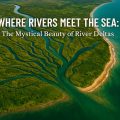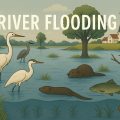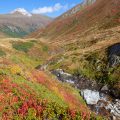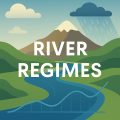When Rivers Disappear: Intermittent and Ephemeral Rivers
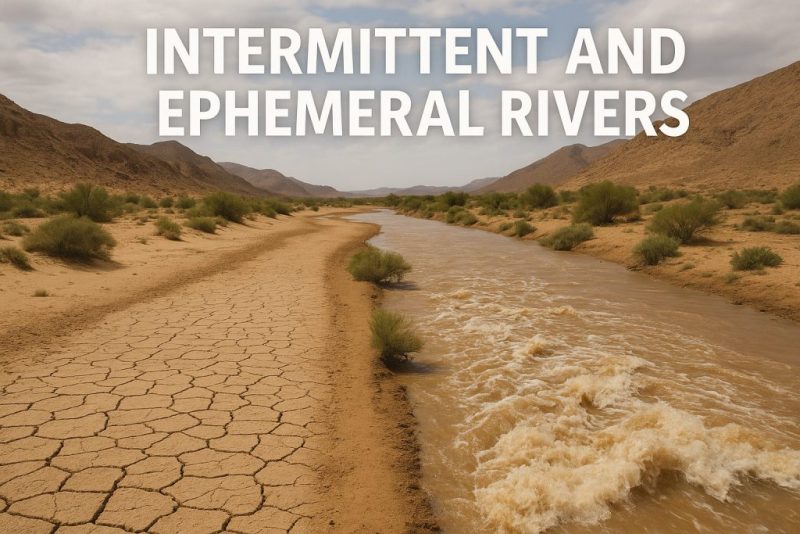
Explore intermittent and ephemeral rivers—seasonal waterways that shape ecosystems, support life, and reveal nature’s rhythm in arid landscapes.
Not all rivers run forever. In fact, across the world’s driest landscapes, many rivers live fleeting lives—flowing only part of the year or after rain. These are the intermittent and ephemeral rivers: the ghosts of hydrology, vanishing and returning in nature’s rhythm.
🌦What Are They?
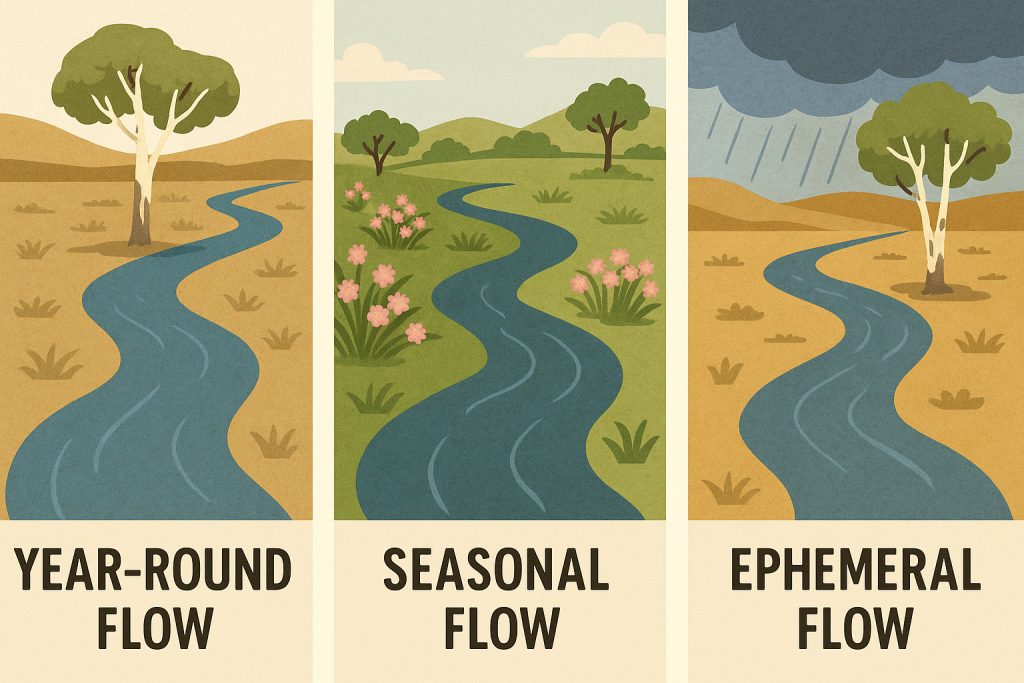
Intermittent Rivers
These rivers are like seasonal guests—predictable but temporary. They flow only during certain times of the year, typically fed by rainy seasons, melting snow, or monsoon pulses. For weeks or months, they behave just like permanent rivers—meandering through valleys, supporting aquatic life, and filling floodplains.
But when the wet season fades, so do they. As water dwindles, their channels fragment into isolated pools, dry gravel beds, or cracked, sunbaked earth. Life retreats into the shadows—fish may burrow into mud or migrate downstream, while amphibians and insects wait patiently for the next flow.
They are rivers with memory, flowing through time as much as space.
💨 Ephemeral Rivers
Ephemeral rivers are the most mysterious of all. They are dry most of the time, appearing only after rare, intense rainfall—often in deserts or semi-arid zones. Their flow is sudden, short-lived, and often powerful, carving through sand and stone with surprising force.
For a brief moment, these ghost rivers come alive—gushing torrents racing across dry plains, filling ancient channels that might not have seen water in years. Then, just as quickly, they vanish. What’s left behind is a trace: driftwood tangled on rocks, a scent of damp earth, and a memory.
They are rivers that live in the silence between storms.
🌍 Where Do They Occur?
Intermittent and ephemeral rivers are not rare—they’re everywhere, especially in landscapes shaped by extremes of heat, drought, and sudden rain. You’ll find them on every continent, often hiding in plain sight.
🇦🇺 Australia’s Outback
The red heart of Australia is etched with ephemeral creeks—ribbons of sand that burst into life during desert storms. For most of the year, they are silent, but when rain falls in the interior, they surge across the land, forming fleeting wetlands and sustaining birds, frogs, and thirsty kangaroos. Explore Austraila’s rivers.
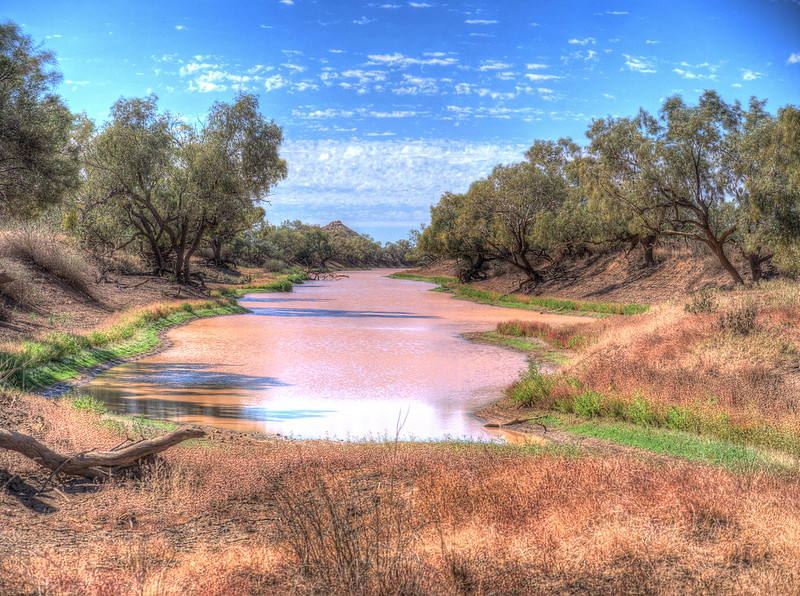
🌍 North and East Africa
Here, they are called wadis—dry channels that snake through deserts like forgotten veins. Most of the year, they’re dusty and lifeless. But after a heavy rain, they roar to life with sudden floods, moving boulders, sculpting the land, and disappearing just as fast.
🇺🇸 The American Southwest
Known locally as arroyos, these sunken riverbeds often lie quiet under a scorching sun. But when monsoon storms hit, they can transform into deadly torrents in minutes. Flash floods sweep through canyons with incredible force, reshaping the land and reminding us who’s really in charge.
🇪🇺 Southern Europe
Even in the Old World, these rivers have their place. In Mediterranean countries, especially across the karst limestone regions of the Dinaric Alps (Croatia), you’ll find dry gullies called “torrents.” During spring melt or autumn rains, they briefly flow, connecting mountains to the sea, recharging aquifers, and carving through rock.
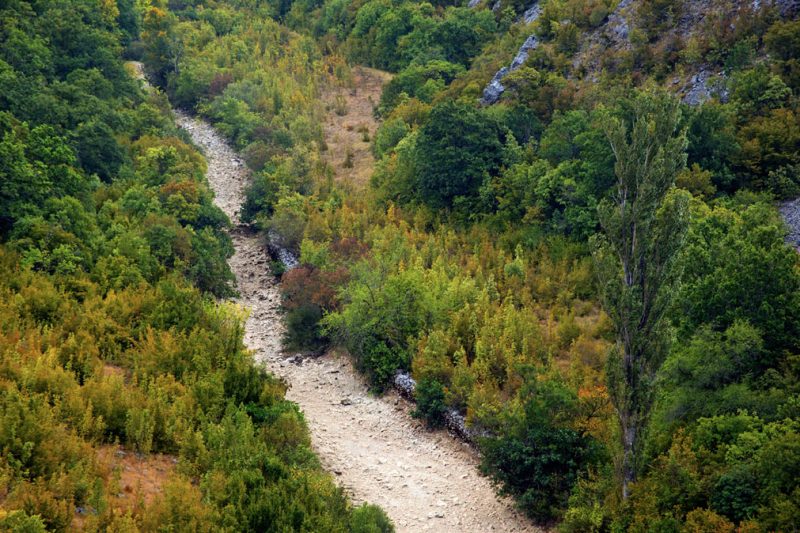
They are the rivers of rhythm—not of constancy, but of return.
Why Are They Important?
Though they may seem fleeting or even forgotten, intermittent and ephemeral rivers are lifelines in disguise. Their flow is rare—but when it arrives, it changes everything.
💧 They Recharge the Land
When these rivers run, they don’t just flow above ground. Water seeps down into the soil, replenishing underground aquifers that people, plants, and animals rely on year-round. In places where rain is scarce, this invisible transfer of water is essential for survival.
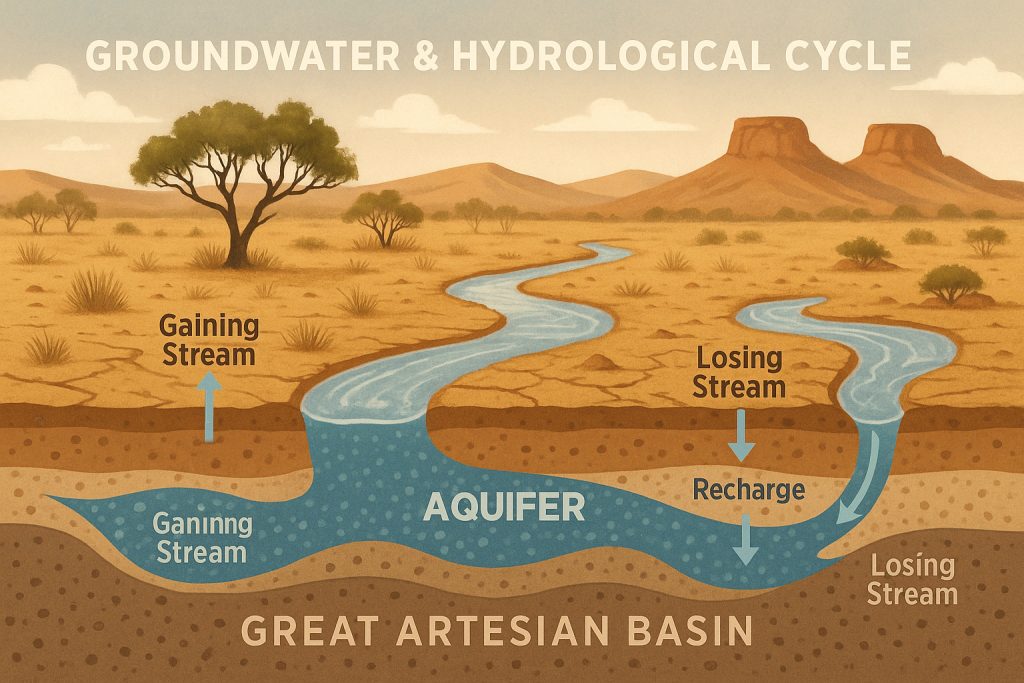
🐦 They Create Oases of Life
For migratory birds, frogs, fish, and insects, a brief burst of water can mean the difference between life and death. Pools form, plants bloom, and entire food webs awaken. Some species are so uniquely adapted, they live only in these transient habitats, emerging, breeding, and vanishing with the flow.
🌾 They Nourish the Green Fringe
Along their banks, even when dry, lies the riparian zone—a thread of greener life through arid lands. These ribbons of vegetation support grazing animals, wild herbs, and crops. In many regions, farmers time their planting with the floods, letting nature do the irrigation.
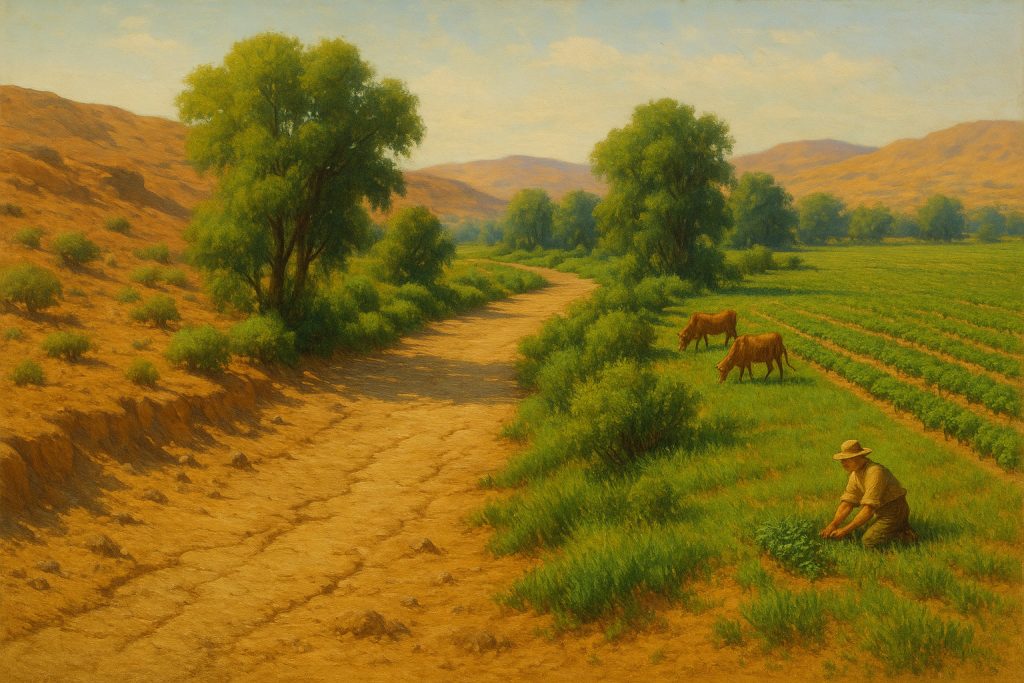
🧪 They Cleanse the Earth
Each rare surge of water acts like a reset button. Rivers flush away salts, toxins, and sediment that accumulate during dry spells. This self-cleaning mechanism helps restore soil fertility and keep ecosystems healthy in otherwise inhospitable regions. Explore the benefits of the rivers.
🏺 They Are Woven into Culture
Across the world, communities track these rivers like old friends. In Australia, Aboriginal songlines trace their paths. In Africa and the Middle East, dry riverbeds are dug for secret springs. In the Balkans and Mediterranean, people follow the seasonal floods to hunt, plant, and gather.
These rivers may not flow every day—but when they do, they write entire chapters of life.
⚠️ Threats and Misconceptions
Because they’re often dry, intermittent and ephemeral rivers are tragically undervalued—paved over, dammed, or drained. But these rivers are not “dead” when dry. Their channels harbor dormant seeds, burrowed life, and the promise of flow.
As climate shifts, these rivers are becoming more common worldwide, even in once-perennial streams. Understanding them means preparing for a future where water doesn’t always run on schedule.
📸 Post idea: Share a split image of a desert riverbed—dry in one half, raging after rain in the other—to show nature’s dramatic contrast.
🗺 Fun fact: More than half of the world’s rivers are intermittent or ephemeral. They are not the exception—they are the rule.
